Food: the plan and the reality
I had grand plans for what I would eat on this trip. I would feast on local fruits and vegetables. I would cook every night, not but from scratch. I would start each day with a healthy breakfast, and I would stop to make myself a practical lunch every afternoon.
“Food, glorious food!”
— Oliver
Ha. That lasted about two days.
The first night, I camped at a national forest in northern Minnesota. I stir-fried some tofu, fresh broccoli, and fresh onions, and put it all over a bed of rice. It was delicious. It was something I’ve done a thousand times at home. It was a huge pain to do it on the road.
First, I had only a very small cutting board, so I didn’t have much room on which to work. Second, my stove was meant for backpacking use, so it was underpowered, which led to long cooking times, not to mention high fuel costs. Third, to keep the perishable ingredients fresh, I had to use a cooler, but that was a problem unto itself.
The cooler required ice. The melting ice got everything in the cooler wet, and the ice itself was expensive, especially in the more remote parts of Canada. I thought that it might be easier to use a smaller cooler, so I set aside my awesome Coleman 5-day Xtreme cooler in Fairbanks and got a smaller one. Turns out that a small pain is still a pain. By the middle of August, I had given up on coolers all together. That smaller cooler now sits empty in Sam’s cargo area.
Breakfast and lunch had similarly lofty goals that were quickly crushed.
So what have I been eating? Fast food? Pssh. Not in this life. Maybe if I wanted to feel greasy and bloated. (Okay, okay; maybe I’ve stopped at Taco Bell a couple of times for a quick burrito, and I’ll admit that I’ve eaten a few subs at Subway, but that’s it.)
Here’s what it’s come down to: bananas and beans.
Oh sure, there are some other foods, like tortillas, peanut butter, and Sriracha hot sauce, but bananas and beans are the core. Bananas are fresh, keep for a few days without refrigeration, cheap to buy, and don’t require washing prior to consumption. Beans are high in fiber, high in protein, cheap, taste good, and require no preparation when acquired in cans. Similarly, those other foods are shelf-stable, inexpensive, and (with the exception of Sriracha) minimally processed.
In what can only be a bad thing for my teeth, kidneys, and body in general, I’ve also been drinking A LOT of coffee. Many cups on a normal day. Even more if I’m driving. I prefer tea, it’s true, but coffee wins for the convenience and availability. It’s hard to find good tea, but decent coffee is everywhere these days.
The best food, however, has come from the generosity of my friends and family with whom I’ve couch surfed and visited. Thanks everybody!
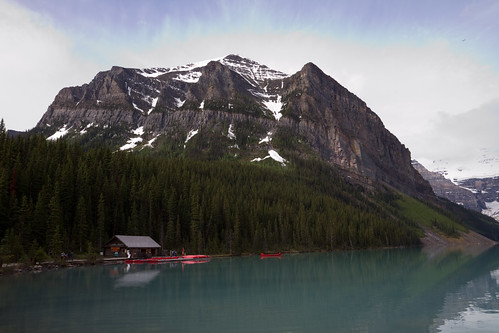
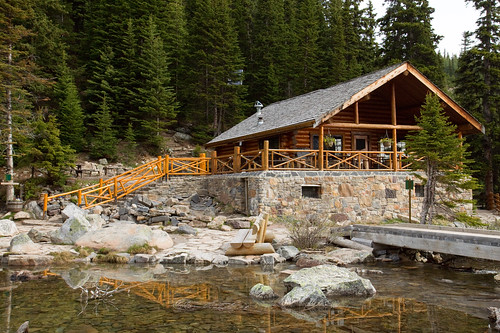
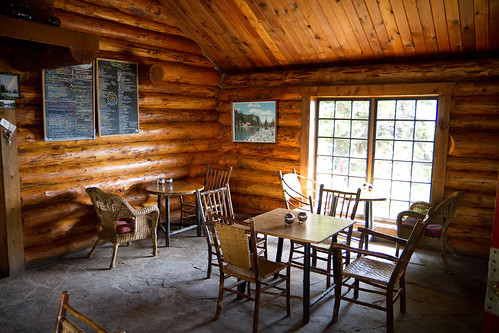
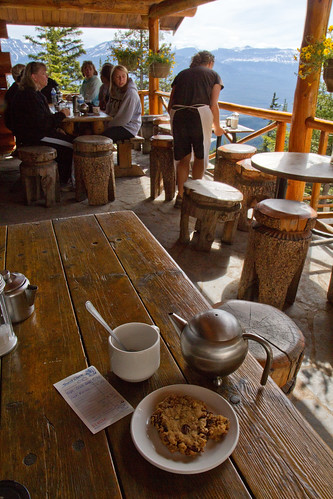
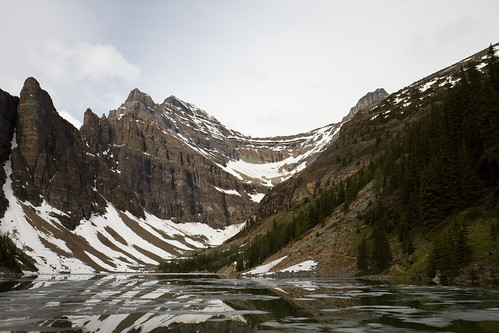


Recent Comments